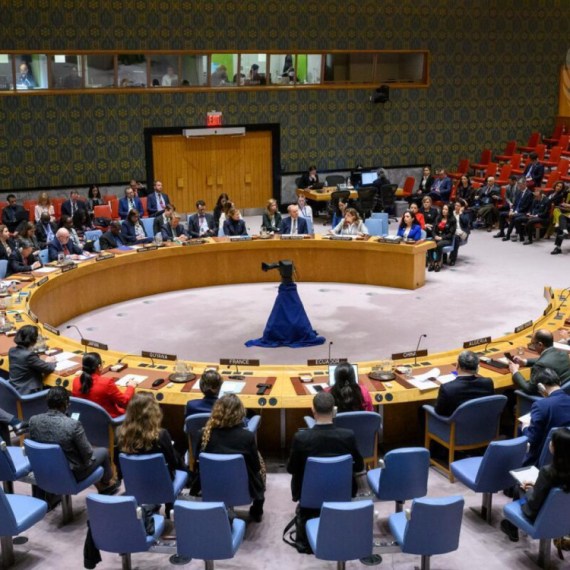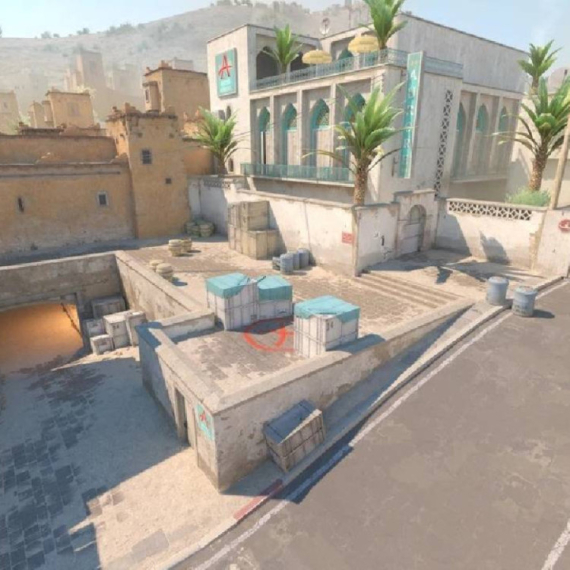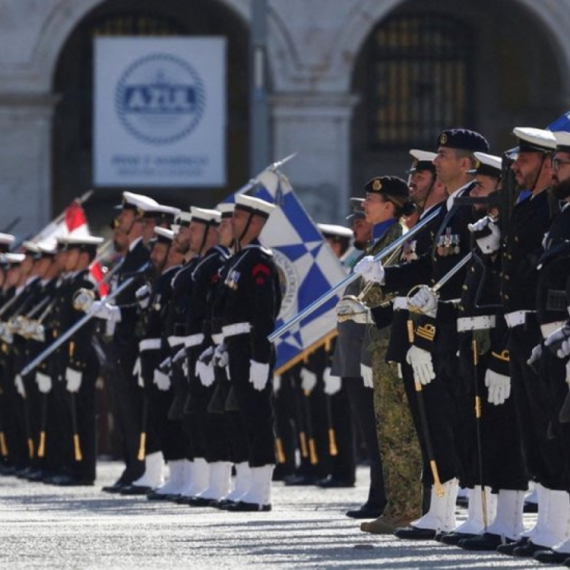Trade deficit reaches EUR 3.6bn
Serbia's trade deficit stood at EUR 3.6bn in the first seven months of this year, the latest data shows.
Saturday, 01.09.2007.
15:15

Serbia's trade deficit stood at EUR 3.6bn in the first seven months of this year, the latest data shows. Serbia's state statistical office, RSZ, announced Friday that the figure represents an increase of 25.2 percent compared to the same period last year. Trade deficit reaches EUR 3.6bn The total trade amounted to EUR 10.8bn (USD 14.5bn), up 29.8 percent compared to 2006, RSZ Director Dragan Vukmirovic told a news conference in Belgrade. Serbia exported goods worth EUR 3.5bn in this period, 32.2 percent more than last year, while imports amounted to EUR 7.2bn, 28 percent up compared to the period between January and July 2006. Exports covered imports by 49 percent, one percent up, which Vukmirovic described as a good indicator. The RSZ data shows that the increase mostly came as a result of imported fuels, which make up 17.7 percent of the overall imports. Copper and iron ore also contributed to the figure, as did the rise in personal and public spending. On the other hand, exports benefited mostly from privatization and company restructuring, and sales abroad of Serbia's surplus vegetables, fruit and crops, the statistics showed. Italy remains Serbia's chief export partner, followed by Bosnia and Germany, while the country imports the most from Russia.
Trade deficit reaches EUR 3.6bn
The total trade amounted to EUR 10.8bn (USD 14.5bn), up 29.8 percent compared to 2006, RSZ Director Dragan Vukmirović told a news conference in Belgrade.Serbia exported goods worth EUR 3.5bn in this period, 32.2 percent more than last year, while imports amounted to EUR 7.2bn, 28 percent up compared to the period between January and July 2006.
Exports covered imports by 49 percent, one percent up, which Vukmirović described as a good indicator.
The RSZ data shows that the increase mostly came as a result of imported fuels, which make up 17.7 percent of the overall imports.
Copper and iron ore also contributed to the figure, as did the rise in personal and public spending.
On the other hand, exports benefited mostly from privatization and company restructuring, and sales abroad of Serbia's surplus vegetables, fruit and crops, the statistics showed.
Italy remains Serbia's chief export partner, followed by Bosnia and Germany, while the country imports the most from Russia.


























Komentari 2
Pogledaj komentare